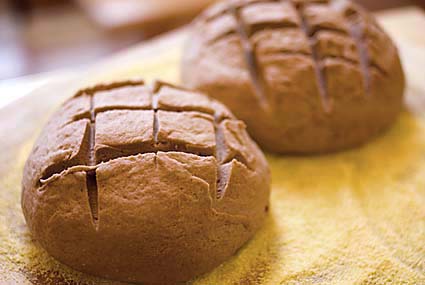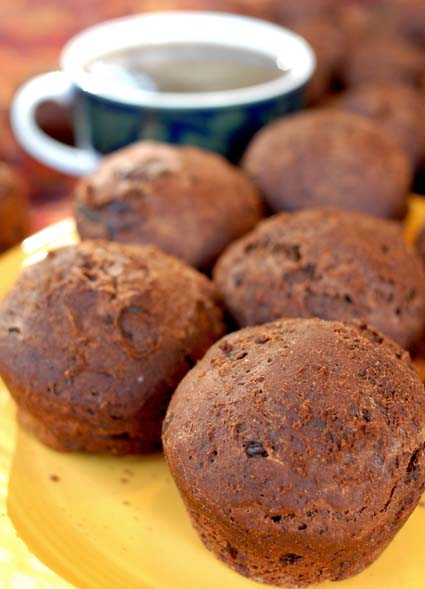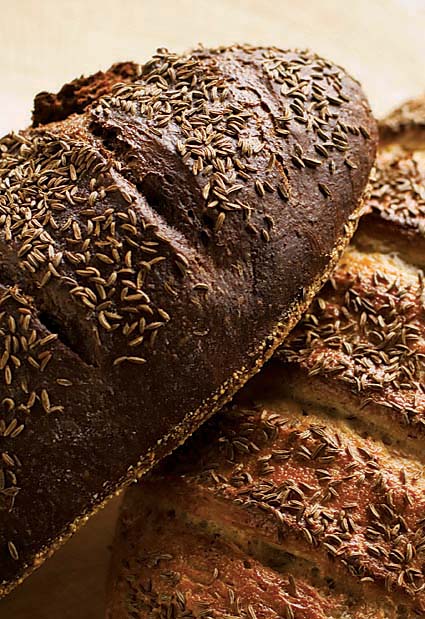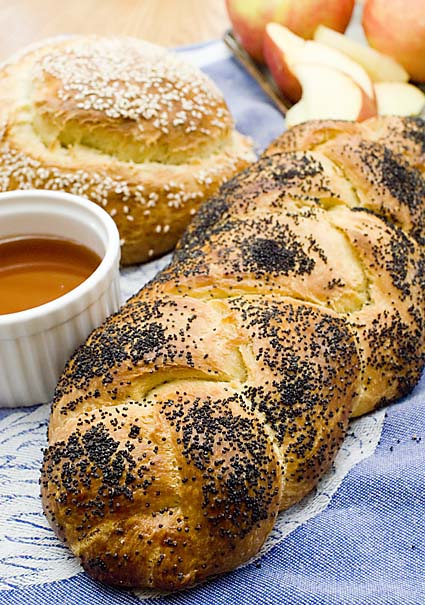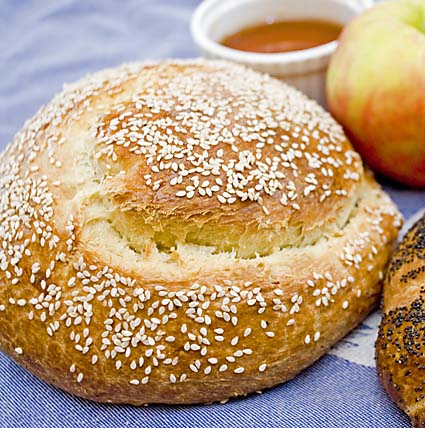Chocolate-filled Beignets (or Soufganiyot, or whatever you’d like to call them)
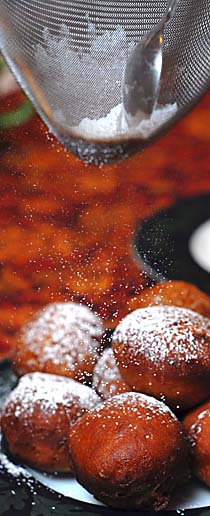 If you’ve been to Cafe Du Monde in New Orleans, you’ve had the best beignets (French-style doughnuts) around. They’re really not very hard to make at home; check out my book, on page 197, and the chocolate-filled variation on page 199. We make them at my house for Hannukah (tonight was the last night), and they are sublime (the same deep-fried treat is called soufganiyot in Hebrew). The only special equipment you’ll need is a candy thermometer.
If you’ve been to Cafe Du Monde in New Orleans, you’ve had the best beignets (French-style doughnuts) around. They’re really not very hard to make at home; check out my book, on page 197, and the chocolate-filled variation on page 199. We make them at my house for Hannukah (tonight was the last night), and they are sublime (the same deep-fried treat is called soufganiyot in Hebrew). The only special equipment you’ll need is a candy thermometer.
Start with a pound of dough, choosing challah (page 180), or brioche (page 189), which will make 5 or 6 beignets. Roll out the dough into a 1/4-inch rectangle, then cut into 2-inch squares using a pizza wheel or a sharp knife. Place a half-ounce of bittersweet chocolate into the center of each square. Gather the edges of the dough around the filling, pinching at the center to form a seal; you may need to use a bit of water to help the edges stick together. Read More
